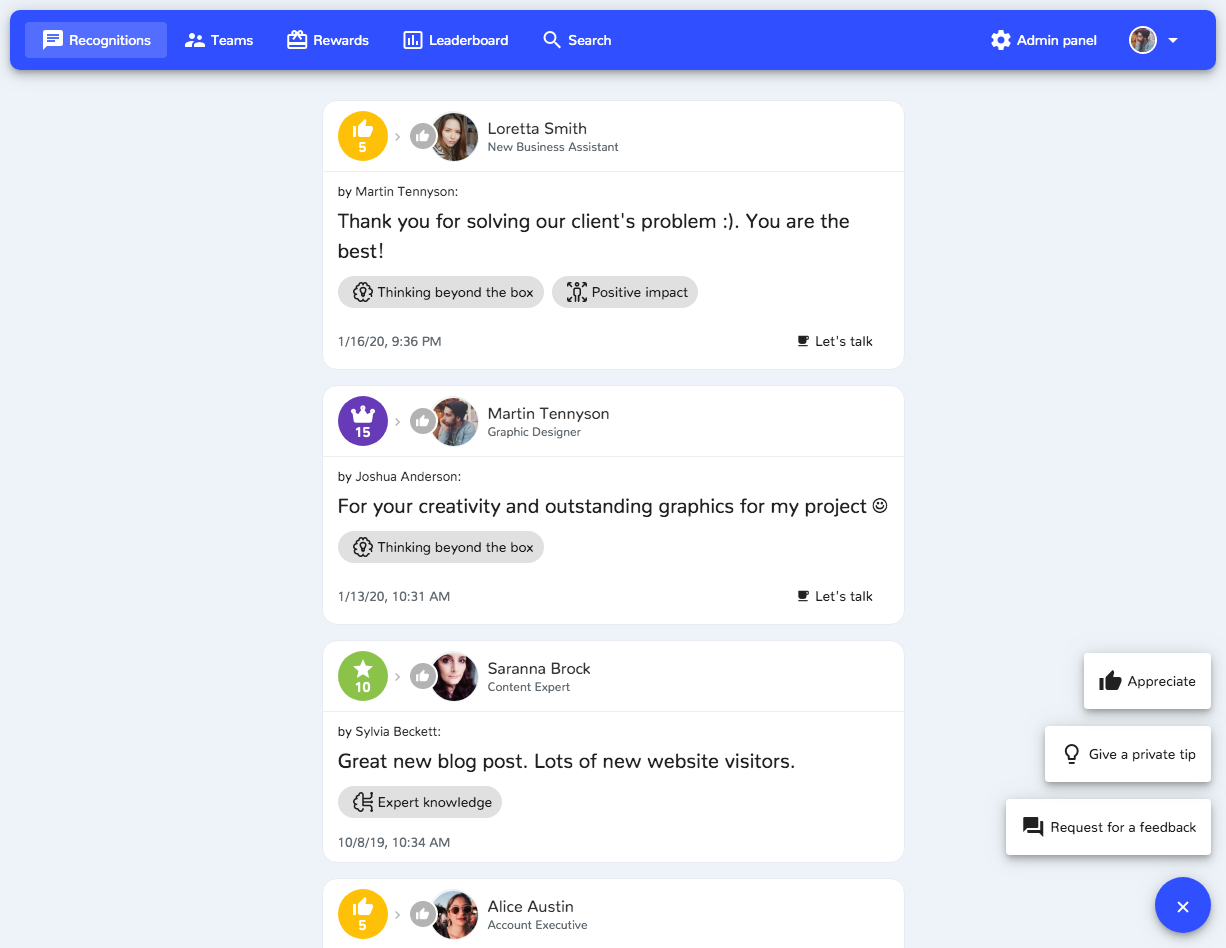

Written by: Arek Ponski

Let’s say you’ve decided it’s time to start building a kickass team of high achievers in your company. Awesome.
To that end, you’ve invested in an employee engagement strategy and slowly made a start on creating an employee-centric organization where your staff feels not only happier but also extremely connected to your company. As such, their productivity soars.
Everything’s going in the right direction: the team is more efficient, the sales are growing and the atmosphere in the office resembles the Christmas spirit all year round!
… Or is it?
Not every company can boast they’ve got solid employee engagement. Worse still, some companies aren’t even sure how engaged their staff are. This is problematic because it can leave you in a bit of limbo, while productivity might stagnate and turnover increases.
To understand how switched-on your employees are, then, you need to measure employee engagement. But how exactly does one measure something seemingly so abstract as employee engagement?
In this article, you are going to learn:
… And how TeamBuzz can help you make the whole process much easier!
Engage your employees with TeamBuzz
When you’re able to measure employee engagement, you can then take the right course of action that improves employee engagement. This leads to more productivity, better customer service, better morale - and more profits.
However, many companies struggle to measure employee engagement. Some improperly define employee engagement as being about each team member’s wellbeing, personal happiness and their need for recognition. Misunderstanding the concept means they’ve already dropped the ball because they then measure the wrong thing.
Even if a company understands what employee engagement is, the surveys they create often yield inaccurate results, perhaps due to asking too many questions - or asking the wrong questions altogether.
It may also be the case that the questions are okay, but the employee feels under pressure to give a certain answer. Maybe, for example, the person who creates the survey and asks the questions is responsible for firing people on the team.
It’s also the case that many companies who create employee engagement surveys are not employee engagement experts. Thus, creating the right kind of surveys that get accurate results and data becomes difficult.
To that end, new tools are filling in the gaps left by antiquated methods of measuring employee engagement. TeamBuzz, for example, allows you to “visibly see” if your employees are more engaged (or not). It also encourages daily employee feedback that keeps everyone engaged and on the same page.
 TeamBuzz engages employees with peer-to-peer feedback
TeamBuzz engages employees with peer-to-peer feedback
The good news is that, despite the inherent problems involved with measuring employee engagement, it’s not game over.
In fact, there are a few ways you can approach it and combine the results to get a better picture.
Let’s start with the basics.
It’s important that you understand the metrics of engagement with your employees, as this will help you to create a questionnaire that yields accurate results.
It should be your task to find out how connected with your company your employees are.
What matters to them on a mental and emotional plane?
What sort of thing would cause them to connect or disconnect with you?
How involved do they feel with your company’s mission and objectives?
Are they even aware of what these are?
Moreover, how happy are they with their current job? And what do they think of the people in charge?
The thing with employee engagement is that it isn’t fixed; it’s fluid and needs to meticulously tracked.
A good indicator of employee engagement is productivity. Productivity goes up and down, and is often in a relationship with employee engagement. To that end, implementing productivity trackers can give you insights into how productive a team member is, and therefore how engaged they are.
Using employee engagement tools like TeamBuzz can help you to keep track of engagement metrics in real time, too.
Other methods of measuring employee engagement include 1:1 meetings with your employees that allows you to get up, close and personal with them. This should be an informal chat where you discuss over coffee how they feel.
The main benefit of this method is that it’s in person, it’s in a safe environment and - provided you have a good relationship with your staff - they can trust you enough to open up.
You could also take a look at the turnover rate and absenteeism. If employees are not putting in the effort and taking chunks of days off, it’s a surefire sign that something isn’t right.
Moreover, a good annual employee turnover rate is 10%. Anything more than that should set alarm bells ringing.
If you’re looking to make your company more employee-centric, it’s important that you are transparent and honest with your measuring method. If your staff require openness from you, be open with them. Let them know how you’ll be measuring employee engagement, as well as when and why. Set out your plan to them. This alone will help you adjust your method to suit your company.
The measuring method should also be adjusted according to your company’s size and structure. For instance, if your company is pretty big, it might soon become clear that holding 1:1 meetings is hard to coordinate and takes up too much time. As such, you could hold small group discussions and forums instead.
Tools can help as well. TeamBuzz, for example, works for both small and big companies because the engagement can be seen and acted on straight away. It allows you to monitor in real time and make real time adjustments so that engagement and productivity follows more of a straight line, rather than goes up and down.
Engage your employees with TeamBuzz
It’s sometimes the case that we overcommit when measuring employee engagement. Moreover, there are times when our strategy simply doesn’t work. That’s okay - we can always revise and adjust our strategy.
First, you need to analyze your results. Deep into your data and see if you can spot patterns and commonalities.
Then, figure out your benchmarks using data points such as your eNPS. It’s vital that your uncover these data points so that you can keep making progress.
Once you’ve then gained insight into any areas that you need to revisit and improve on, talk to your team about the results, as well as any plans you’ve got. You could even arrange a meet-up where you chat to everyone about the data. It’s key that you bring everyone up to speed ASAP.
Then, thank your team for their cooperation and consider giving them a gift.
Lastly, you need to decide whether or not the strategies you’ve used have worked for you.
If they haven’t (perhaps you haven’t measured what you wanted to measure), you could change the questions in your survey or even shorten the survey and try a pulse survey instead. Or, maybe you might work with a psychometrician next time so they can vet your survey for you.
Oh, and don’t forget to bring tools on board, such as TeamBuzz, to help you out, too.
Employee engagement is fundamental to the success of any company. But while measuring employee engagement is notoriously tricky, we hope that this article has helped to create a bit of focus for you so that you know what you need to do next.
Define what employee engagement means to you, create a few measurement strategies before discussing them with your team. Implement them, analyse the results and then tweak your strategy so that it yields better results, more consistency and reveals more solutions that will help you create a more engaged team.